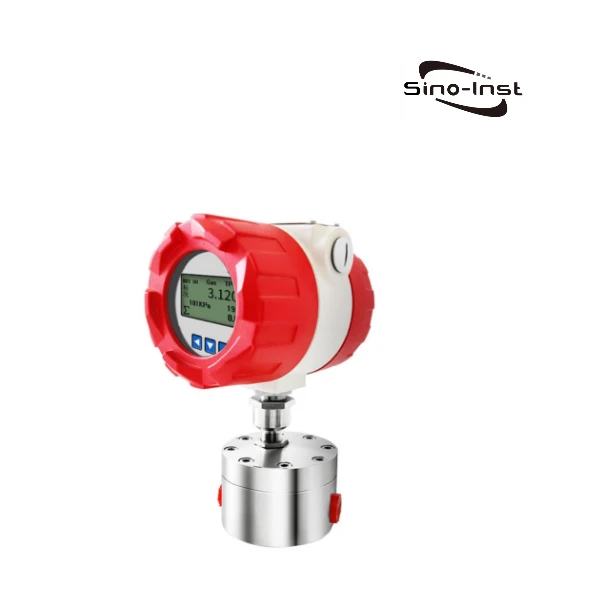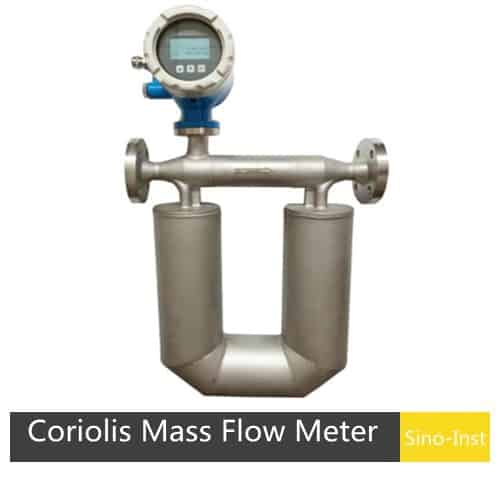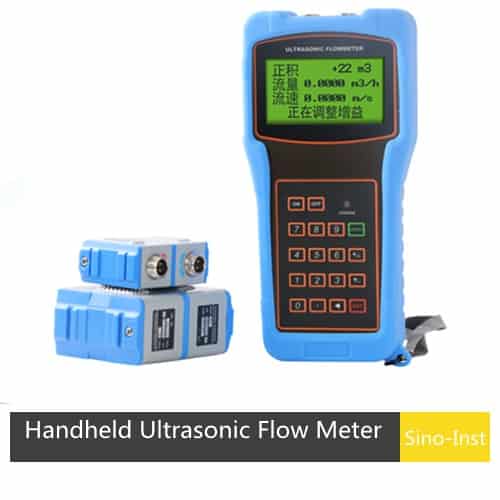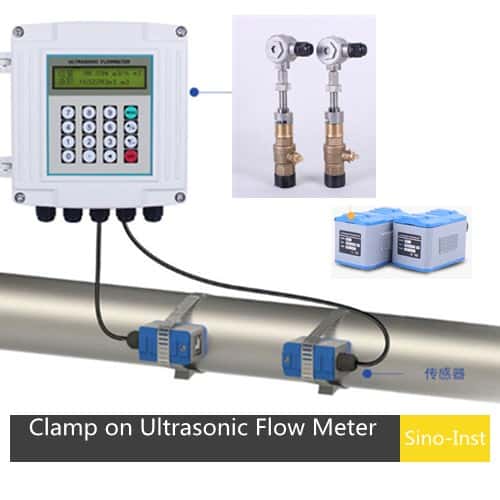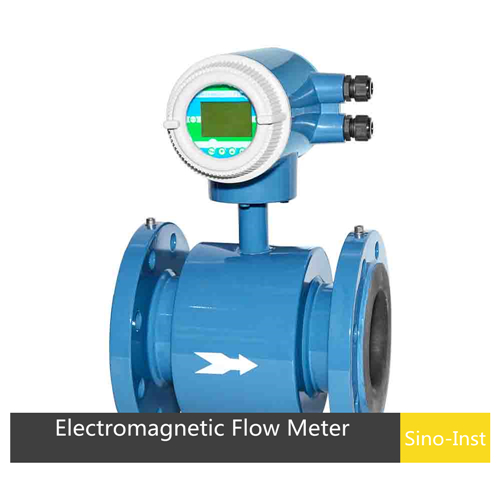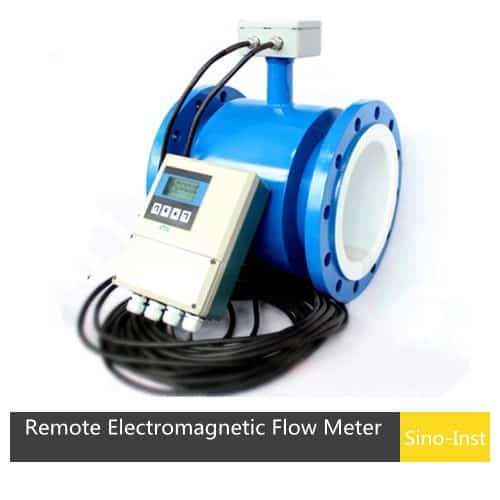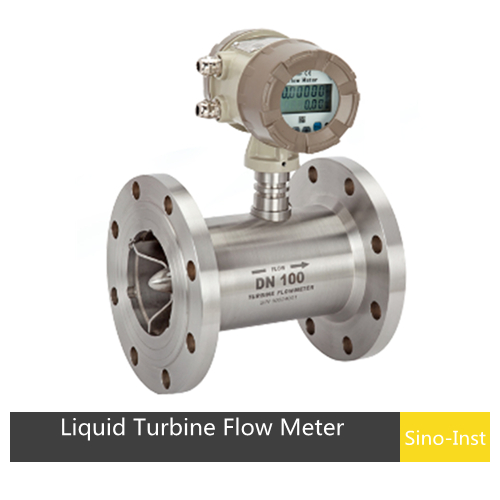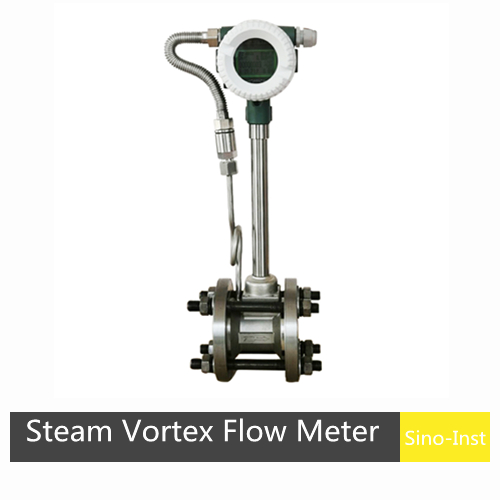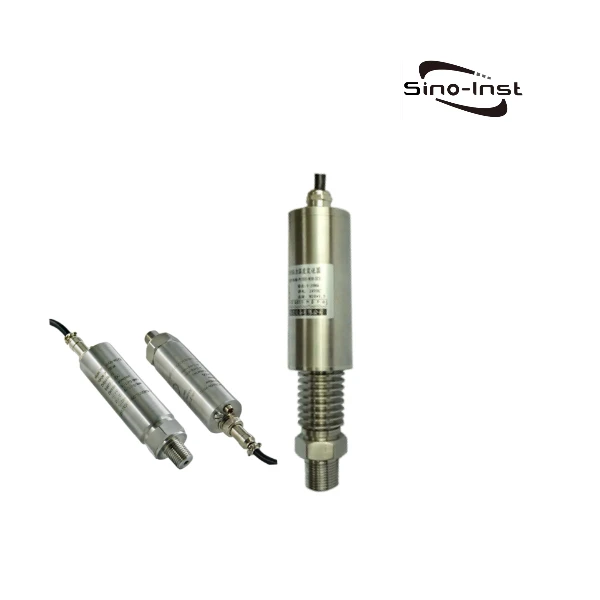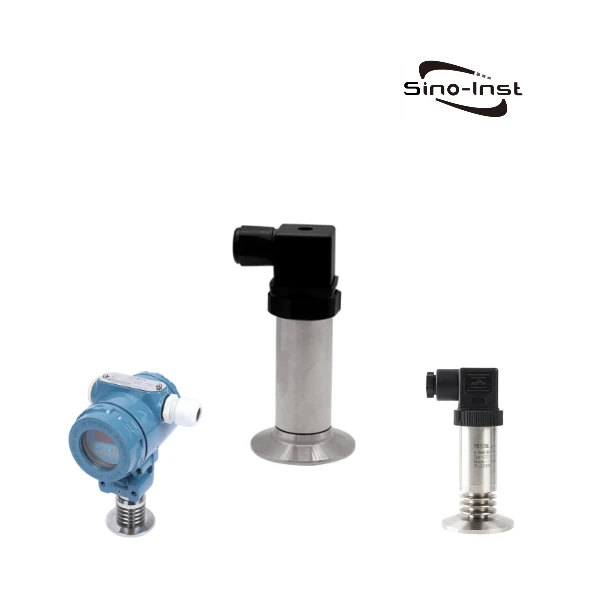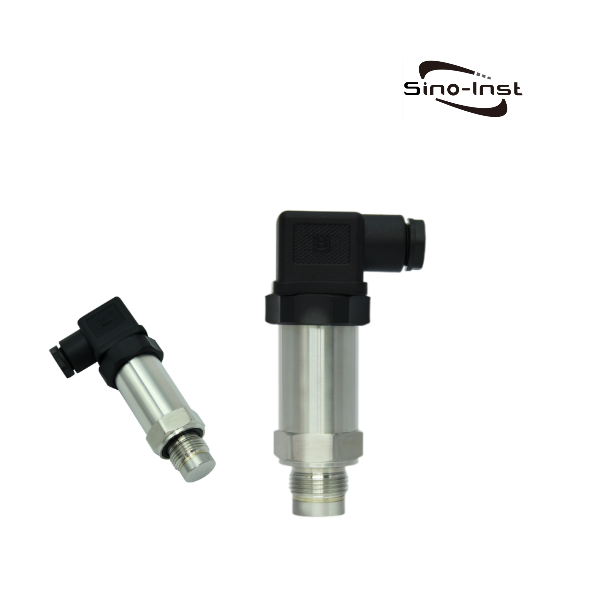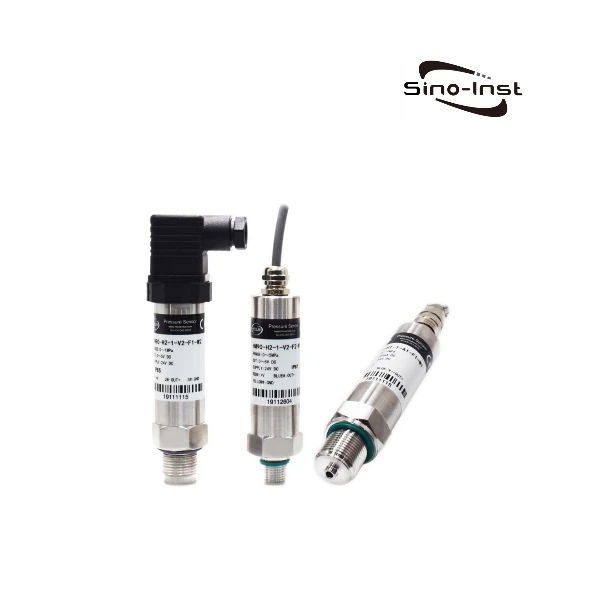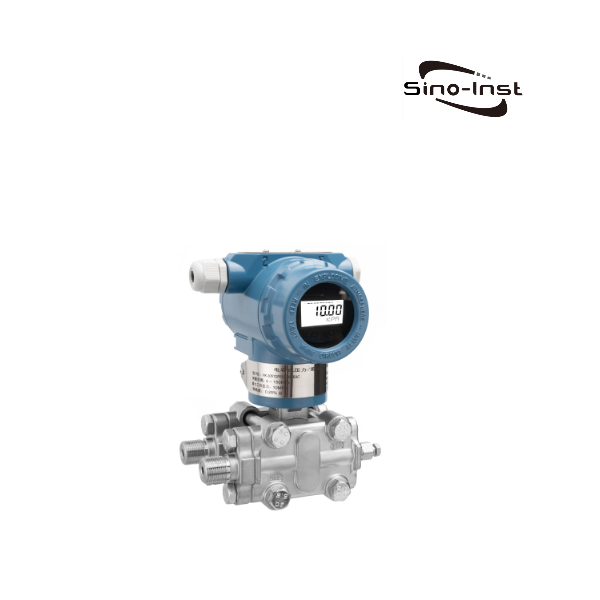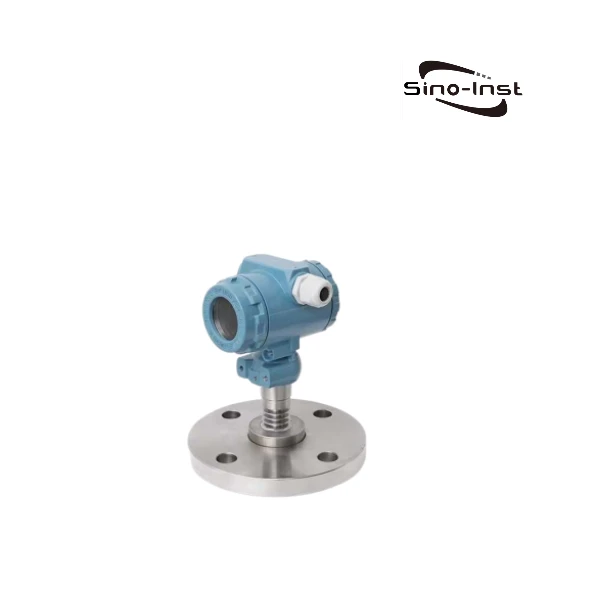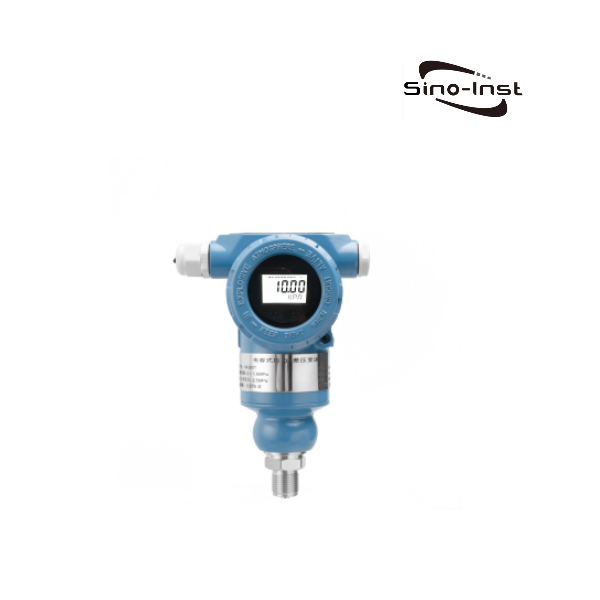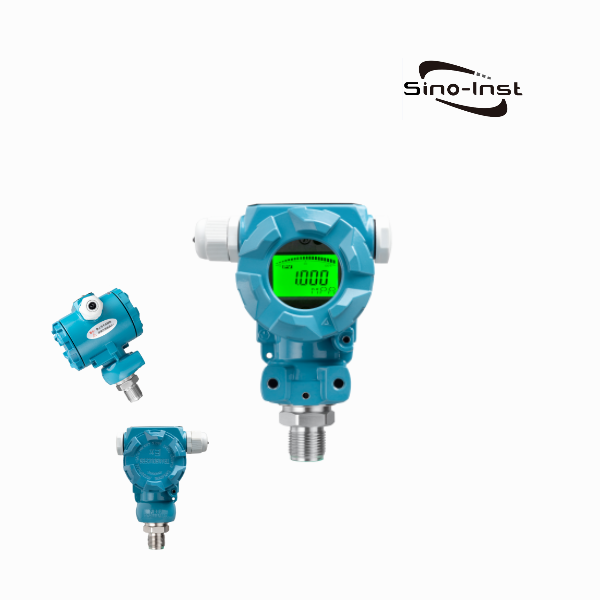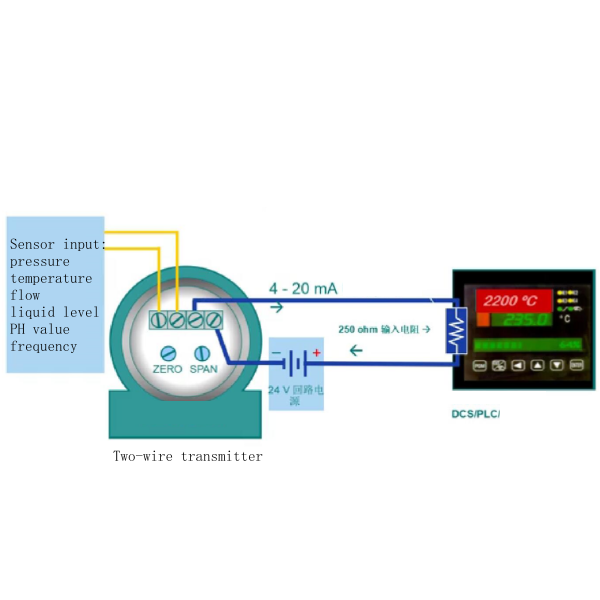
In the world of industrial process control and measurement, the 4 to 20 milliamp (mA) signal is a crucial component. It’s a reliable, widely-used method for transmitting analog signals over long distances in various industries. This article will provide an in-depth understanding of what a 4 to 20 Milliamp signal is, its advantages, applications, and how to work with 4-20 mA systems.
The Basics of 4 to 20 milliamp signal
A 4 to 20 Milliamp signal is an analog electrical signal used to transmit information from sensors, transmitters, or other measuring devices to a control system. Such as a Programmable Logic Controller (PLC) or Distributed Control System (DCS). The signal represents a linear relationship between the measured variable and the current, with 4 mA typically representing the lowest value (0%) and 20 mA the highest value (100%).
One of the key benefits of the 4-20 mA signal is its ability to maintain accuracy over long distances without being affected by voltage drops, electrical noise, or interference. This is because the current flowing through the loop remains constant, regardless of any resistance in the loop.
Advantages of 4-20 mA Systems
Some notable advantages of using 4-20 mA current loops in process control and measurement include:
- Long-distance signal transmission: 4 to 20 Milliamp signals can be transmitted over long distances (up to several kilometers) without significant signal degradation.
- Noise immunity: The constant current in the loop reduces the impact of electrical noise and interference.
- Simple wiring: 4-20 mA systems often require just two wires, which power the transmitter and carry the signal simultaneously.
- Fault detection: The 4 mA lower limit allows for easy detection of broken wires or other faults in the system.
- Compatibility: 4-20 mA signals are widely used and compatible with many industrial devices and control systems.
Applications of 4-20 mA Current Loops
4-20 mA current loops are used in a wide range of industries, including oil and gas, water treatment, chemical processing, and manufacturing. Some common applications include:
Pressure measurement: Pressure transmitters, such as the Sino-Inst SI series pressure sensors, can convert pressure readings into a 4 to 20 Milliamp signal for transmission to a control system.
Flow measurement: Flow meters, like Sino-Inst’s flow meters use 4-20 mA signals to transmit flow rate information to a control system.
Temperature measurement: Temperature sensors, such as RTDs and thermocouples, can also utilize 4-20 mA signals to transmit temperature data to a control system.
4-20mA Flow Meters
4-20mA Pressure Transmitters
Frequently
Asked
Questions
More Measurement Solutions
How to Choose the Right Heating Oil Flow Meter for Your Business
Top 3 Flow Meters for Oil
How to Choose the Right Oil Pressure Transmitter for Your Application
High Pressure Magnetic Flow Meter |16MPa-25MPa-35MPa-42MPa
Gauge Pressure vs Absolute Pressure | Differences and Relationships
Industrial Water Pressure Sensors | Selection Guide
Understanding and implementing 4 to 20 Milliamp systems is crucial for various industrial process control and measurement applications. The technology offers numerous advantages, such as long-distance signal transmission, noise immunity, simple wiring, and fault detection.
By following the guidelines provided in this article and regularly calibrating and troubleshooting your 4 to 20 Milliamp systems, you can ensure optimal performance and accuracy.
At Sino-Inst, we are an experienced manufacturer and supplier of industrial process control and measurement instruments, including a wide range of 4-20 mA transmitters and sensors. We support customization and provide expert guidance to help you find the best solutions for your specific needs. Contact us today to learn more about our products and services!
-1.jpg)
